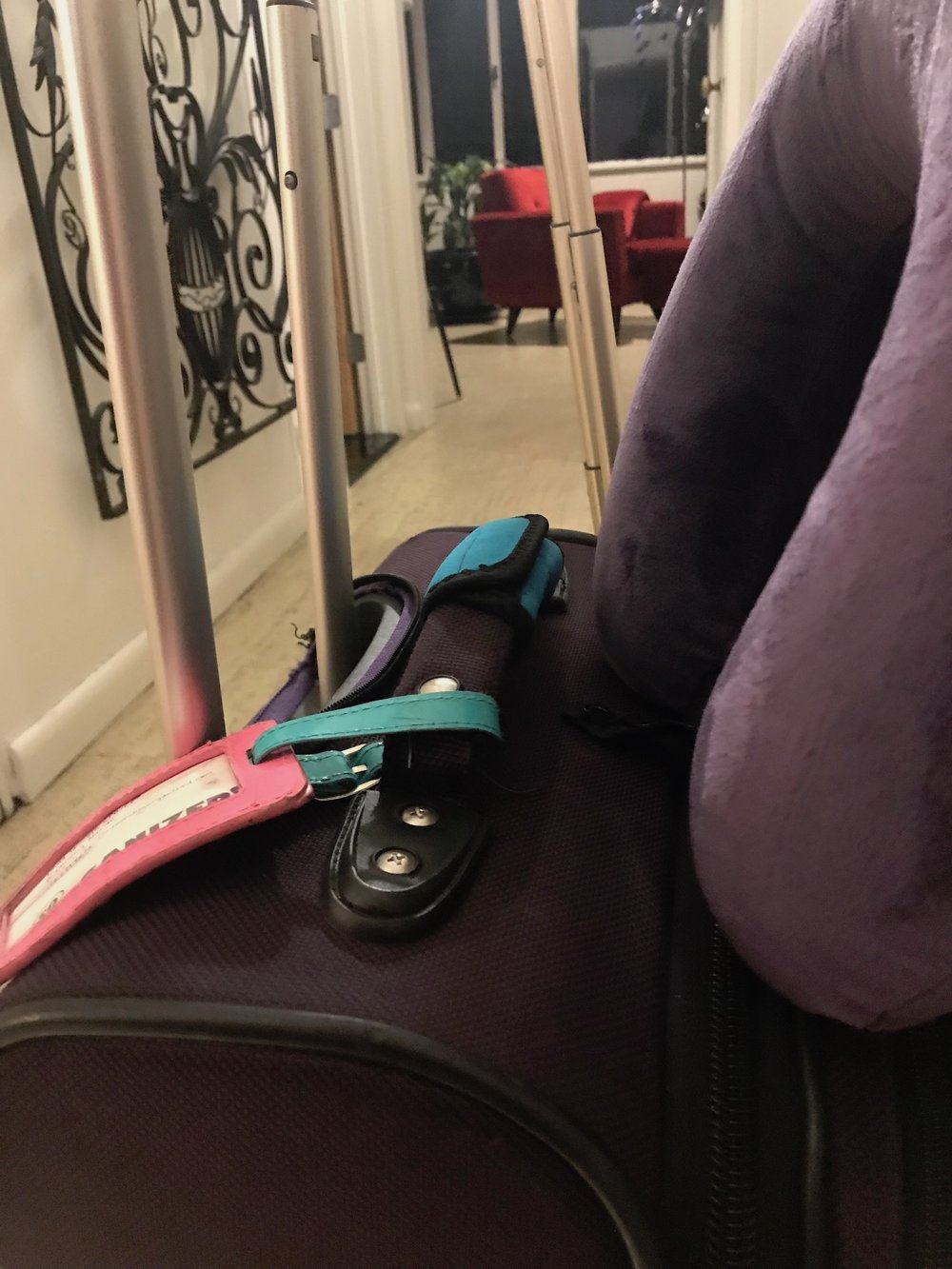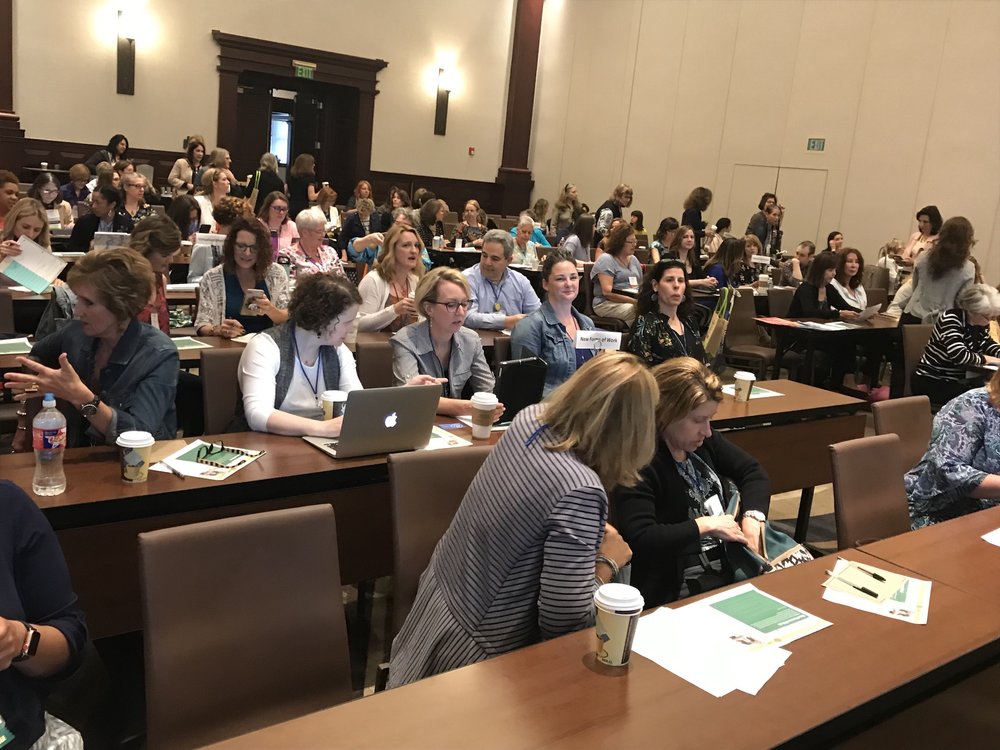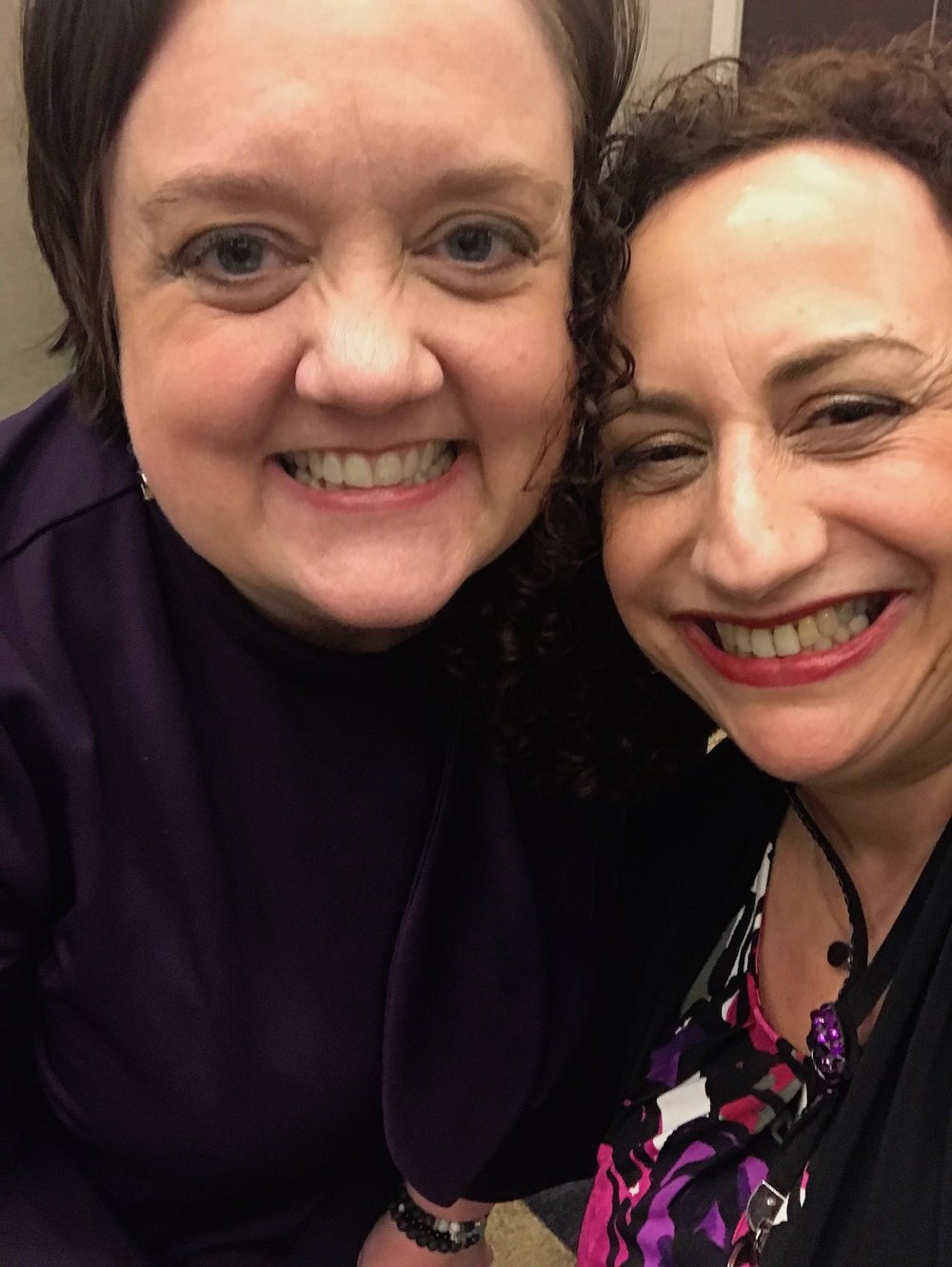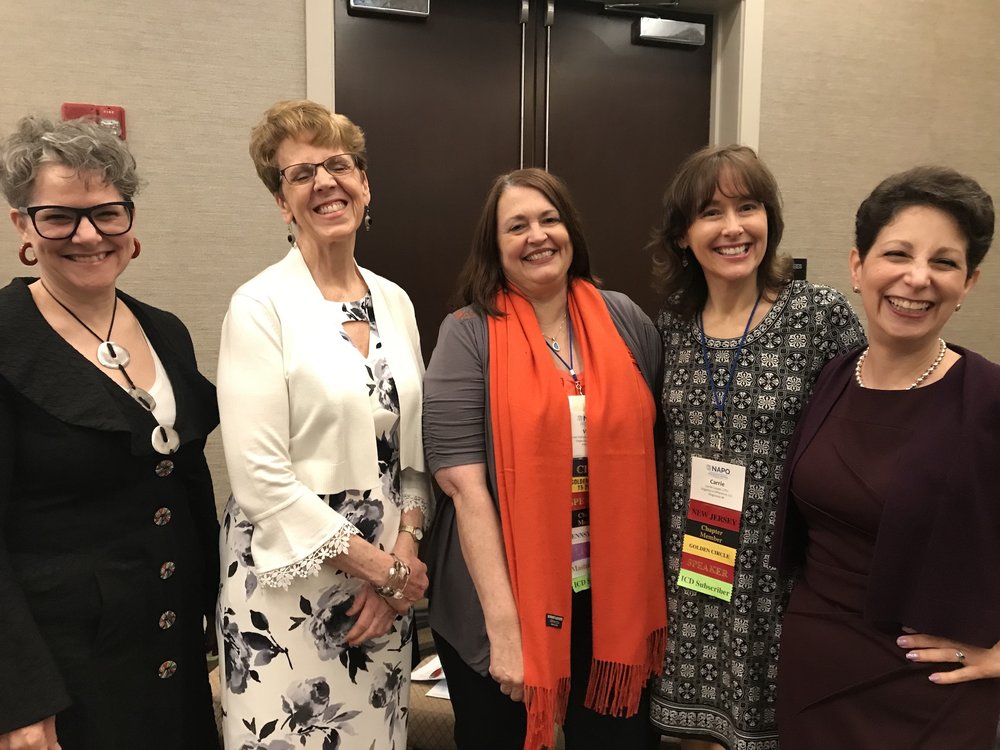As humans, there is something so enticing about becoming our best self and flourishing. We can accomplish this when we live using our top strengths. Do you know what yours are? If not, take the VIA Survey of Character Strengths to discover them. A few weeks ago, I attended ICD’s virtual conference and wrote about Dr. Ryan Niemiec’s inspiring session where he talked about this topic.
Some of the things I enjoy about blogging are writing and sharing ideas. However, my favorite part is reading and responding to your comments. I find it fascinating which concepts resonate with you, the information you share, and the emerging ideas. In the ICD conference post, there was a comment by my friend and colleague, Stacey Agin Murray, that I loved. She said in response to the discussion about living your strengths, “No one should ask a fish to climb a tree.”
Her idea is so clear. A fish can be their fantastic self in the water, but not so much if they had to scale a tree. It begs the question. What activities make you feel like your best self? Can you engage in doing more of those? Can you stop doing those things that drain you?
“No one should ask a fish to climb a tree.”
In Mindful magazine, I came across a related idea in Misty Pratt’s article, “How We Flourish.” The word flourish caught my attention because it’s such an uplifting word and way of being. Misty wrote,
“We know that ‘flourishing’ (defined as a combination of physical, emotional, and mental health) is a state of mind where life feels good. Flourishing is not about perfection or being happy all the time, but a recognition that when we have purpose, meaning, and connection in our lives, getting out of bed every morning is easier.”
“We know that ‘flourishing’ . . . is a state of mind where life feels good.”
These two concepts- using your strengths and flourishing are interconnected. They are full of hope and speak to what’s possible for you.
As we begin a new month and are about to finish the year, how can you adjust how you live, what you’re doing, and who you’re engaging with to create your best life? What are your thoughts about strengths and flourishing? I look forward to hearing your ideas. I invite you to join the conversation.
















